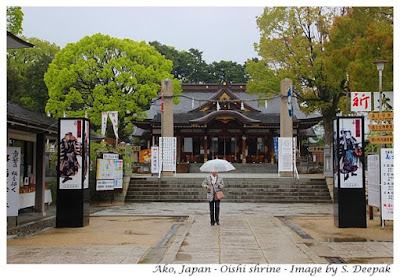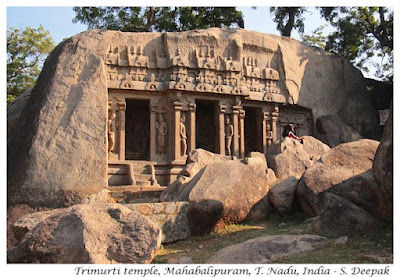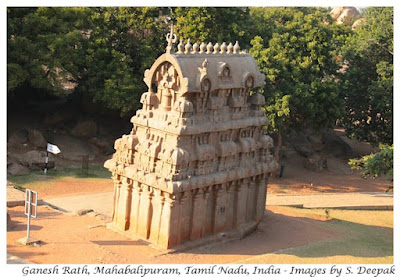The Greek myth of Minotaur was about the Minoan civilisation in the Crete island, around 3000 BCE.
In May this year, a theatre group (Campus Company) of Schio's Civic Theatre brought together the students from the different local schools to create a theatre performance on the myth of Minotaur, to talk about the themes of diversity and inclusion. (Click on the images for a bigger view)
This post is about that theatre performance called "Minotauro della Diversità" (Minotaur of Diversity).
Minoans and the Minotaur Myth
Minoan was a Bronze age civilisation on the Crete island in the Aegean sea.
The myth says that king Mino didn't worship properly to the God Poseidon and the angered God made his queen fall in love with a bull (Taurus). Thus the queen gave birth to a ferocious half-man, half-bull creature called Minotaur, who was closed inside a labyrinth. King Mino asked Athenians to send human sacrifice for Minotaur. An Athenian young man called Theseus offered to be the sacrifice for Minotaur. He killed Minotaur and was able to escape the labyrinth with the help of a string given to him by the king's daughter who loved him.
Minotaur As a Symbol of Diversity
The symbolism of Minotaur for a child with disability seems very obvious. Manny civilisations had superstitions which saw disabled or diverse children as inauspicious and harbingers of bad luck.
In Italy, over the past couple of decades, there has been large scale migration and today the children of the migrants form a significant part of the students in Schio's schools. Thus, using the Minotaur's myth as the theme of a theatre performance was important to raise questions about and to discuss the issues of diversity and inclusion.
Civic Theatre of Schio
The Civic Theatre of Schio is managed by a Foundation and it has different projects to promote community engagement and participation in its activities. The theatre was built in early 20th century through an initiative of industrialist Alessandro Rossi with active contribution of the citizens. Over the last few years, it has been repaired and restored to its old glory.
Apart from theatre performance, its activities include Campus Lab (to promote theatre among children and young adults) and Dance Well (dance therapy for persons with Parkinson and elderly persons).
Performance of Minotauro Della Diversità
The performance was the result of a workshop for the students and was directed by Ketti Grunchi (Piccionaia company) and Delfina Pevere. Around 30 students from different schools of Schio took part in it.
The stage set-up was simple and minimalist. A square wooden frame with curtains represented the palace or queen's room. Stones placed on the floor represented the labyrinth. All the actors had plain dark-grey pants and T-shirts, and the addition of a crown or a white mask denoted the king and Minotaur. Long pieces of curtain like materials held on the two sides, made the sea-waves. Persons on the stage were accompanied by readers, who sat on the stairs and provided commentary.
The images used with this post will give you some idea about the performance.
Conclusions
While watching the performance, I was thinking that I would have loved to take part in something like this when I was in school. We did do some plays in School, but they were really basic. While this performance with experienced play-writes and director, technical support though lights and sound, and the kind of preparation that must have gone into making it, would have been at a completely different level.
I think that it is wonderful and we are incredibly lucky that even in our tiny town of Schio, we have such a theatre and similar initiatives which contribute in stimulating creation for the students and a better quality of life for all of us residents.
***



















































